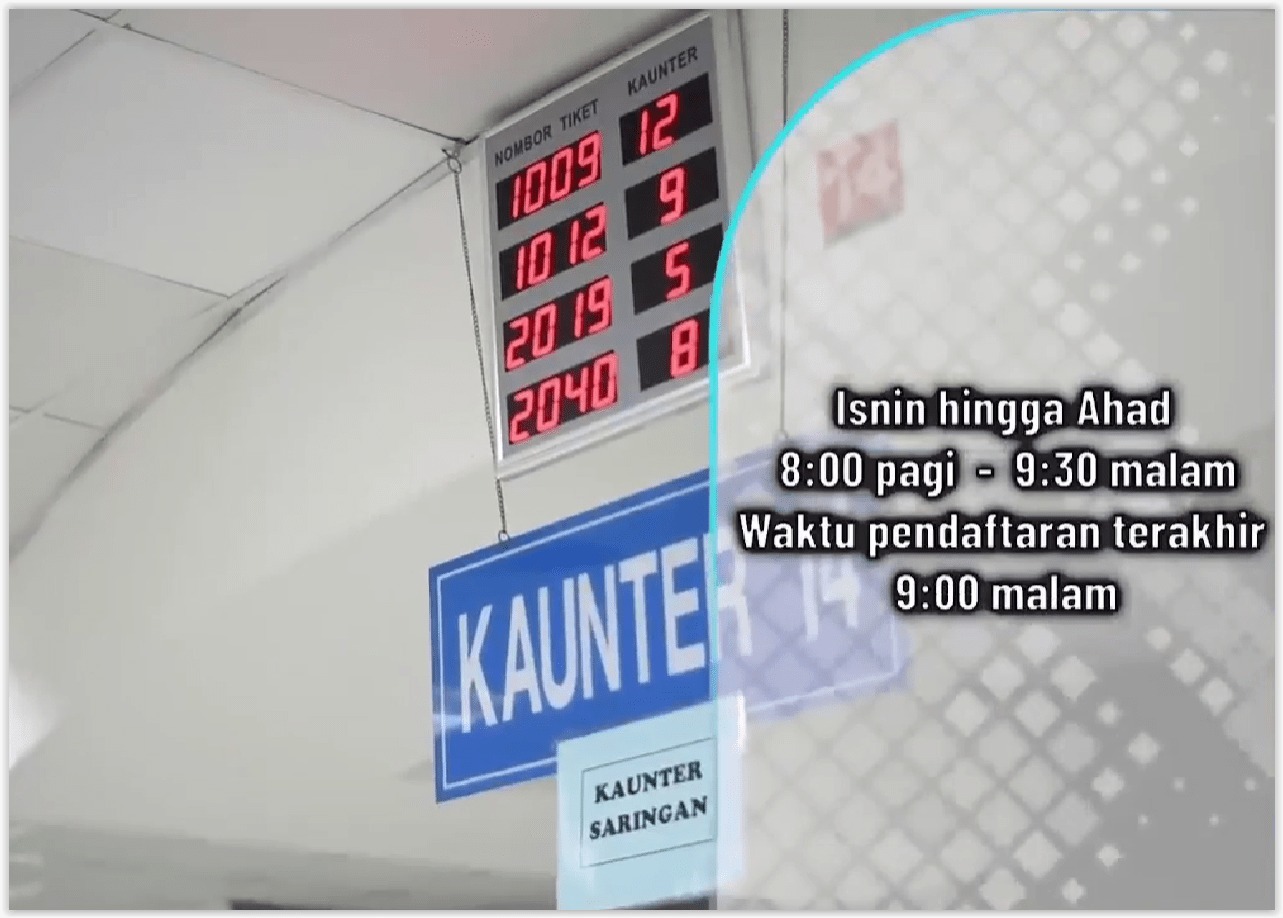KUALA LUMPUR, June 2 – The Special Task Force on Agency Reform (STAR) pilot project has reduced non-critical emergency cases at the Tengku Ampuan Rahimah Hospital (HTAR) in Klang by 32 per cent, says Health Minister Dr Zaliha Mustafa.
The STAR pilot project, which was initiated last March 25, has so far redirected a total of 762 patients from HTAR to the nearby Klinik Kesihatan Bandar Botanik in Klang. Out of this total, 219 patients were redirected between March 25 and 31, and an additional 543 patients were redirected in April.
Dr Zaliha said this in a written parliamentary reply last May 23 to Bandar Kuching MP Dr Kelvin Yii Lee Wuen, who asked the health minister to state in detail the effectiveness of the STAR pilot project involving HTAR and Klinik Kesihatan Bandar Botanik in Klang in terms of comparing the total number of outpatient arrivals across triage codes and Red/ Yellow/ Green Zones in the public hospital’s emergency department from February to April 2023.
According to statistics provided by the minister, outpatient arrivals at the Green Zone (non-critical) in HTAR’s emergency unit consistently declined from 3,897 in February, to 3,328 in March, and to 1,779 in April.
However, outpatient arrivals at the Yellow Zone (semi-critical) in HTAR’s emergency department consistently rose in that period, from 4,959 in February to 5,752 in March, and rising further to 6,519 in April.
Meanwhile, the number of outpatient arrivals at the Red Zone (critical) in HTAR’s emergency room experienced some fluctuations. In February, 721 cases were reported, increasing to 907 in March, and then declining to 769 in April.
“The results of the STAR pilot project show effectiveness with a decrease of 32 per cent in outpatient arrivals at the Green Zone (non-critical emergency zone) at Tengku Ampuan Rahimah, Klang Hospital,” Dr Zaliha said in her Dewan Rakyat reply.
The STAR pilot project is currently ongoing at HTAR, and the collection of data continues to take place, Dr Zaliha said. The pilot project will be extended to a few other MOH hospitals to address the issue of congestion in the Emergency and Trauma Department (ETD).
Chaired by the Chief Secretary to the Government Mohd Zuki Ali, STAR was created with the aim of enabling the best public service for the people. Among the initiatives that were identified by the STAR team was to decrease the congestion in the ETD of MOH hospitals.
STAR suggested that non-emergency patients who come to the hospital with mild symptoms should be sent to the nearest clinic. The clinic will be open for extended hours to accommodate these patients.
Klang’s Klinik Kesihatan Bandar Botanik currently operates until 9.30pm every day, including Saturdays, Sundays, and public holidays.
There is still no clear information on how the MOH will finance the extended operating hours for Klinik Kesihatan Bandar Botanik.
Previously, CodeBlue reported an MOH directive issued to limit the allowance paid to medical officers for working extended hours at public health clinics, despite the ministry’s appeal for doctors to take on additional work to help ease overcrowding at the emergency rooms of government hospitals.
The circular stated that incentive payment for medical officers on duty can only be paid for up to four hours, even though the extended hours at klinik kesihatan consist of operating from 5pm to 9.30pm on regular working days or weekdays, and 8am to 12pm on Saturdays.
In April, the MOH announced that it will expand its extended operating hours pilot project to five klinik kesihatan in Gombak, Hulu Langat, Ipoh, Johor Bahru, and Kuala Lumpur after HTAR reported a 54 per cent decrease in green zone outpatient arrivals at its emergency department.








